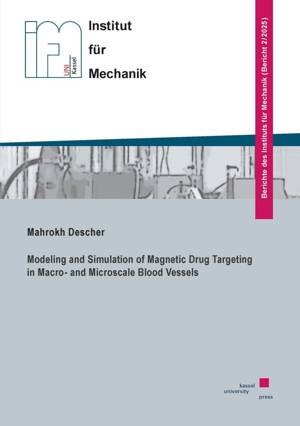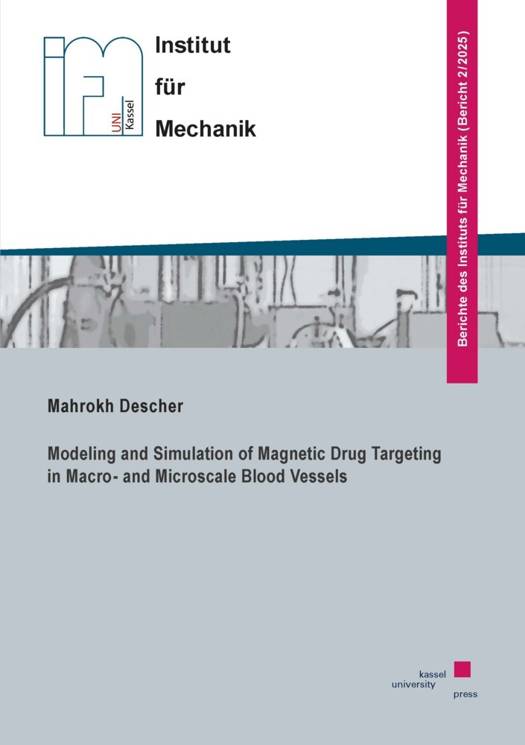
Je cadeautjes zeker op tijd in huis hebben voor de feestdagen? Kom langs in onze winkels en vind het perfecte geschenk!
- Afhalen na 1 uur in een winkel met voorraad
- Gratis thuislevering in België vanaf € 30
- Ruim aanbod met 7 miljoen producten
Je cadeautjes zeker op tijd in huis hebben voor de feestdagen? Kom langs in onze winkels en vind het perfecte geschenk!
- Afhalen na 1 uur in een winkel met voorraad
- Gratis thuislevering in België vanaf € 30
- Ruim aanbod met 7 miljoen producten
Zoeken
Modeling and Simulation of Magnetic Drug Targeting in Macro- and Microscale Blood Vessels
Mahrokh Descher
€ 38,45
+ 76 punten
Omschrijving
Magnetic drug targeting (MDT) is a novel drug delivery approach that is based on drugcoated nanoparticles. By injecting them into the bloodstream and applying a magnetic field, it is possible to guide and target these particles to desired zones in the body. Computational Fluid Dynamics (CFD) simulations are a useful tool in the design process of such setups. The present work deals with simulations of MDT in large and small arteries as well as arterioles. For this purpose, two methods that consider effects that are artery size related are developed. The first is based on the generalized Newtonian fluid in which the Carreau-Yasuda model is used to consider non-Newtonian behaviour. The second is based on the Euler-Euler mixture approach to consider the size of red blood cells in comparison to the vessel dimension correctly. In both methods, nanoparticle transport is included by a convection-diffusion equation that considers particle drift. The magnetic field is solved using a scalar potential. All solvers are composed in the open source CFD framework of foam-extend and OpenFOAM. Studies are performed for 2D simplifications of vessels and 3D bifurcations. The setup is always that a permanent magnet is positioned in the vicinity of the flow domain. Aspects of including a magnetic field by mapping, the influence of wall penetrability, pulsation of the flow and magnetic body forces are covered. Generally, this work provides studies with an increasing level of complexity to investigate any effect deeply. Major results are that the non-Newtonian behaviour of blood must be considered, smaller magnetic field gradients are needed in small vessels for MDT to work, and the sensitivity of particles towards the magnetic field gradient increases with a decreasing vessel dimension.
Specificaties
Betrokkenen
- Auteur(s):
- Uitgeverij:
Inhoud
- Aantal bladzijden:
- 132
- Taal:
- Engels
- Reeks:
Eigenschappen
- Productcode (EAN):
- 9783737612159
- Uitvoering:
- Paperback
- Afmetingen:
- 148 mm x 210 mm
- Gewicht:
- 180 g

Alleen bij Standaard Boekhandel
+ 76 punten op je klantenkaart van Standaard Boekhandel
Beoordelingen
We publiceren alleen reviews die voldoen aan de voorwaarden voor reviews. Bekijk onze voorwaarden voor reviews.









